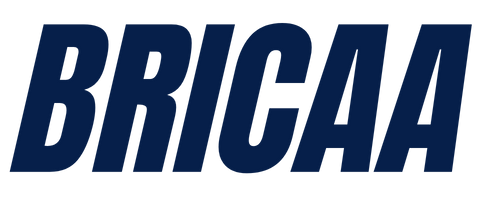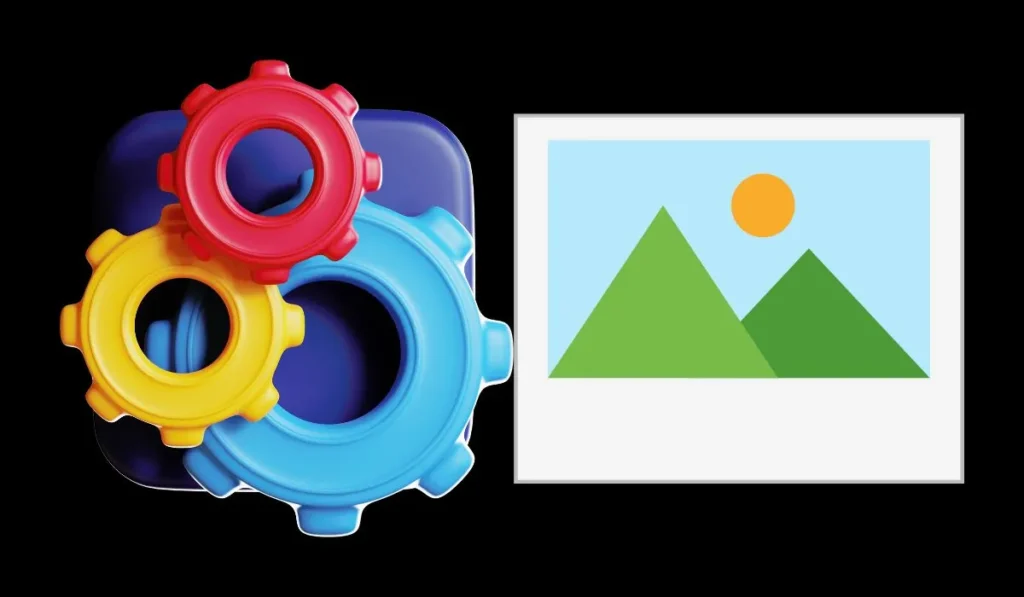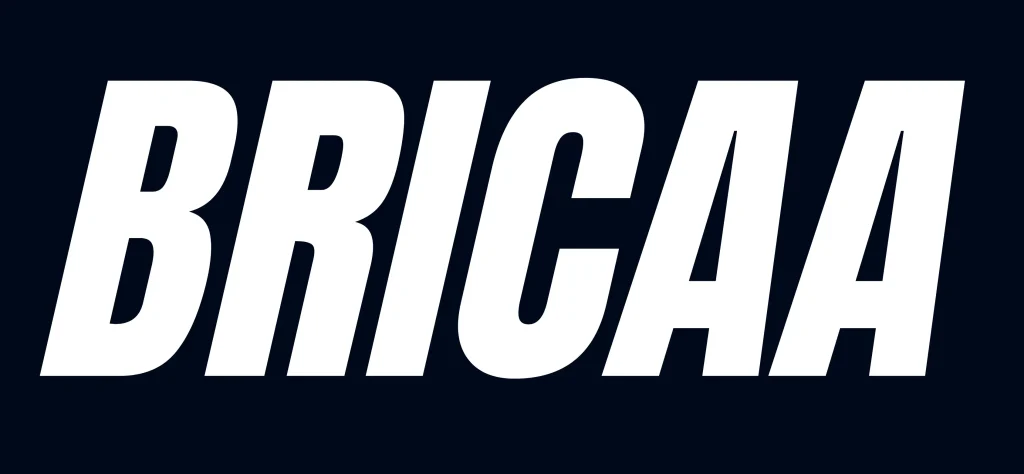Table of Contents
ToggleThe Key to Better Website Performance and Search Rankings
Introduction: The Power of Image Optimization
In the vast ocean of digital content, images have the power to captivate and engage users like no other medium. However, their visual appeal comes at a cost – large image files can significantly slow down a website, leading to a poor user experience and reduced search engine rankings. This is where image optimization comes into play. By reducing the size of images without compromising their quality, you can strike the perfect balance between visual aesthetics and website performance.
The Impact of Image Sizes on SEO
When it comes to search engine optimization (SEO), every element of your website matters – including images. Optimizing image sizes can have a profound impact on your SEO efforts. Here’s how:
1. Faster Page Load Times for Enhanced User Experience
Page load speed is a critical factor that affects user satisfaction and engagement. Studies have shown that users are more likely to abandon a website if it takes too long to load. By optimizing image sizes, you can reduce the overall page size and improve loading times. This, in turn, leads to a better user experience, higher engagement, and lower bounce rates – factors that search engines consider when determining search rankings.
2. Improved Mobile Responsiveness
In today’s mobile-centric world, mobile optimization is no longer an option; it’s a necessity. Mobile devices often have slower internet connections compared to desktops, making image optimization even more crucial. By reducing image sizes, you ensure that your website loads quickly on mobile devices, providing a seamless browsing experience for your mobile users.
3. Reduced Bandwidth Usage
Large image files consume significant bandwidth, especially for users on limited data plans or slower connections. By optimizing image sizes, you can minimize bandwidth usage, allowing your website to cater to a broader audience without causing frustration or driving users away due to data limitations.
4. Enhanced Crawlability and Indexability
Search engine bots crawl websites to index their content and determine their relevance to specific search queries. When images are optimized, their smaller file sizes enable search engine bots to crawl and index them more efficiently. This increases the chances of your images appearing in image search results, driving additional organic traffic to your website.
Optimize Image Sizes for SEO: Best Practices
Now that we understand the importance of optimizing image sizes for SEO, let’s explore some best practices to help you achieve optimal results:
1. Choose the Right File Format
The choice of file format can significantly impact the size of an image. For photographs and complex images, JPEG is generally the preferred format as it provides a good balance between image quality and size. On the other hand, for graphics, logos, or images with transparent backgrounds, PNG format is more suitable. By selecting the appropriate file format, you can ensure optimal image quality while keeping file sizes in check.
2. Compress Images without Sacrificing Quality
Image compression is a crucial step in optimizing image sizes. Fortunately, there are numerous tools available that can compress images without compromising their quality. These tools utilize various compression algorithms to reduce file sizes by eliminating unnecessary data. Experiment with different compression settings to strike the right balance between image quality and file size reduction.
3. Use Responsive Images
Responsive images adapt to different screen sizes, ensuring optimal display on various devices. Implementing responsive design techniques allows your website to serve appropriately sized images based on the user’s device, thereby reducing unnecessary bandwidth consumption. This practice not only enhances user experience but also improves your website’s SEO performance.
4. Leverage Lazy Loading
Lazy loading is a technique that delays the loading of non-visible images until the user scrolls down the page. By implementing lazy loading, you can significantly improve initial page load times. This technique is particularly useful for websites with numerous images or long-scrolling pages. Numerous plugins and scripts are available that can help you implement lazy loading effortlessly.
5. Leverage Content Delivery Networks (CDNs)
Content Delivery Networks (CDNs) store cached versions of your website’s content on servers located strategically around the world. By utilizing CDNs, you can reduce image loading times by serving images from a server that is geographically closer to the user. This improves overall website performance and enhances user experience, leading to better SEO rankings.
6. Optimize Image Metadata
Optimizing image metadata is often overlooked but can contribute to improved SEO performance. Ensure that your images have descriptive filenames and alt tags that accurately reflect their content. This helps search engines understand the context of your images and index them appropriately. Including relevant keywords in your image filenames and alt tags can also boost your chances of appearing in relevant search results.
What is the ideal image size for SEO optimization?
The ideal image size for SEO optimization depends on various factors, including the context and purpose of the image. However, as a general guideline, aim to keep your image file sizes below 100KB without compromising image quality. Remember to strike a balance between file size reduction and maintaining visual appeal.
Can I optimize images without compromising their quality?
Yes, you can optimize images without sacrificing their quality. By utilizing advanced compression techniques, choosing the right file format, and leveraging image optimization tools, you can significantly reduce image sizes while maintaining satisfactory image quality.
Should I use the same image size for desktop and mobile devices?
No, using the same image size for both desktop and mobile devices may not provide the best user experience. Mobile devices typically have smaller screens and slower internet connections. To optimize for mobile, you should consider using responsive images that adapt to different screen sizes and serve appropriately sized images to enhance performance and user experience.
Are there any SEO plugins or tools to optimize image sizes?
Yes, there are several SEO plugins and tools available that can help optimize image sizes. Popular plugins like Yoast SEO and All in One SEO Pack offer image optimization features. Additionally, standalone tools like Smush and ShortPixel are specifically designed for image compression and optimization.
Can image optimization impact my website’s search rankings?
Yes, image optimization can impact your website’s search rankings. By reducing page load times, improving user experience, and increasing crawlability, optimized images contribute to a better overall website performance. This, in turn, can positively influence your SEO rankings.
Is it necessary to optimize images if I have a fast hosting server?
Yes, even if you have a fast hosting server, optimizing images is still necessary. While a fast server can help deliver website content quickly, large image sizes can still slow down the loading times. Optimizing images ensures efficient data transfer and reduces the strain on the server, leading to better website performance and SEO rankings.
Conclusion: Unlocking the Potential of Optimized Image Sizes for SEO
In the ever-evolving world of SEO, every small improvement counts. Optimizing image sizes might seem like a minor detail, but it can have a substantial impact on your website’s performance and search rankings. By implementing best practices such as choosing the right file format, compressing images, leveraging lazy loading, and utilizing CDNs, you can create a faster, more user-friendly website that ranks higher in search engine results.
So, don’t overlook the power of image optimization. Take the necessary steps to optimize image sizes for SEO, and unlock the potential of improved website performance and search visibility. Start by auditing your existing images, applying the recommended practices, and monitoring the impact on your website’s speed and SEO rankings.


